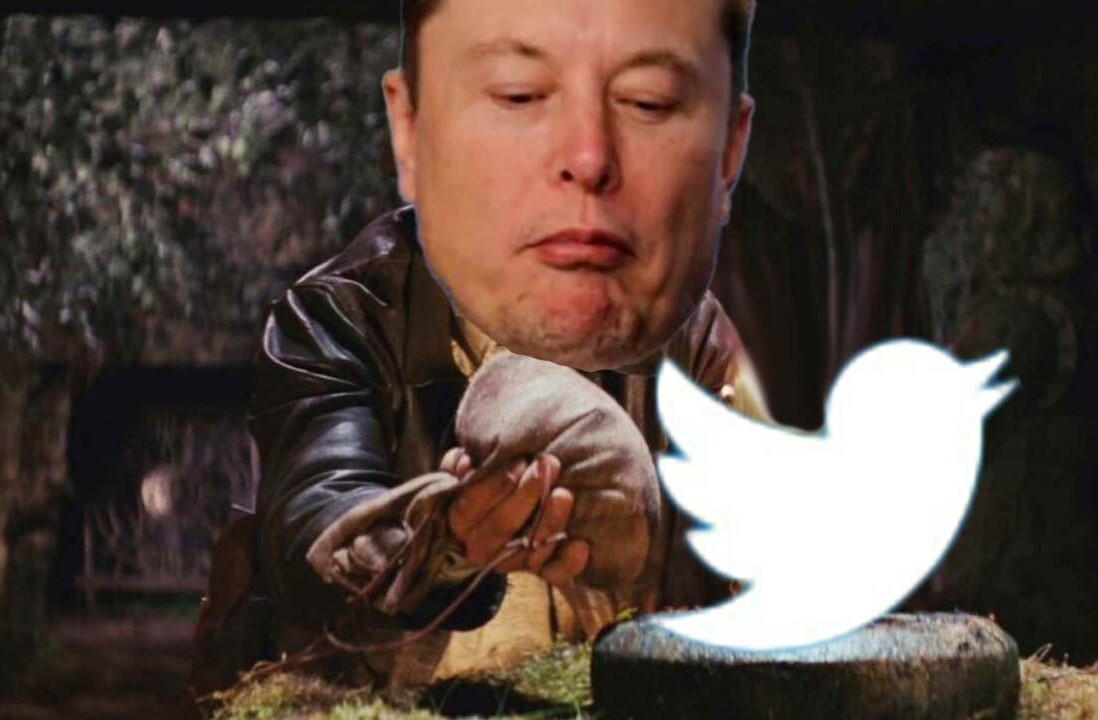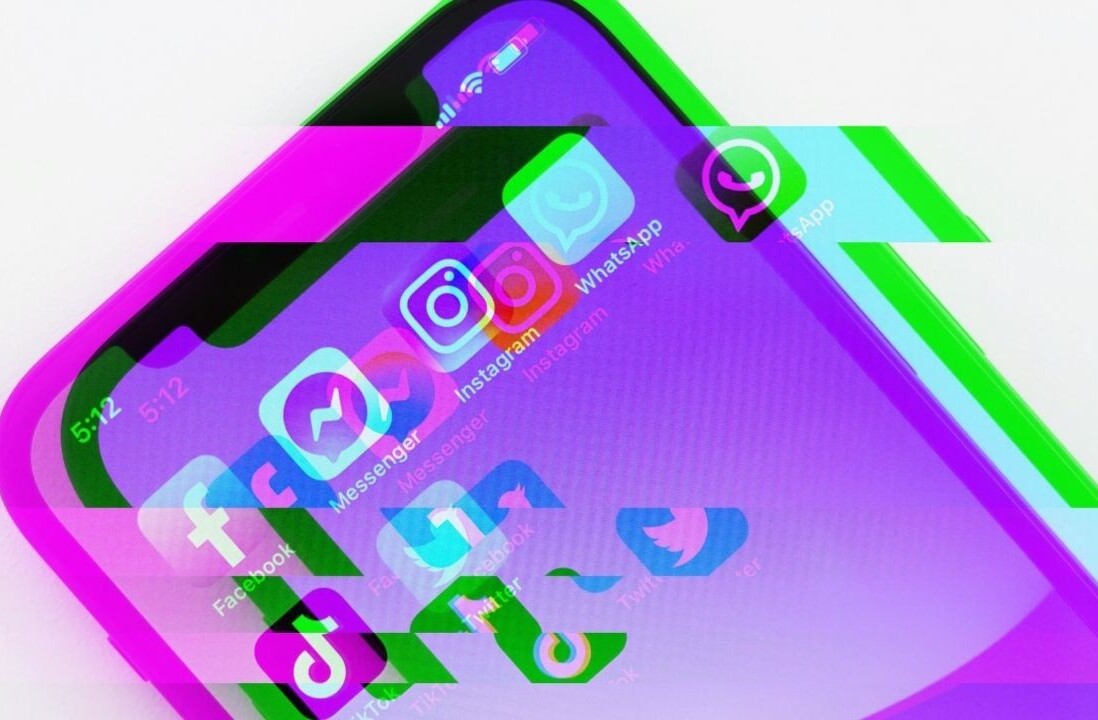
Earlier this month CNN laid off 50 staff members, among them a dozen photojournalists, because of what they described as technological advances and workflow changes.
History is repeating itself, but with a human twist. As early as the 19th century, factories equipped with machines were letting go of workers in droves. We’ve seen similar events, albeit on a smaller scale, taking place in recent years. Last year, hospitals were letting go of their employees in favour of robots, while in the UAE, humanoids will be taking their place in the Gulf country’s malls and exhibition centres. Stories like this have become commonplace.
But now, the latest ‘machine’ to threaten paid employees is the smartphone, coupled with the online technology that is social media.
In a memo written by Jack Womack, CNN’s SVP of domestic news operations, he explained social media’s role in the decision to let go of 50 employees:
We looked at the impact of user-generated content and social media, CNN iReporters and of course our affiliate contributions in breaking news. Consumer and pro-sumer technologies are simpler and more accessible. Small cameras are now high broadcast quality. More of this technology is in the hands of more people. After completing this analysis, CNN determined that some photojournalists will be departing the company.
The either/or approach to citizen journalists versus professional journalists is an unfortunate and short-sighted decision. As we saw just yesterday, services like Bambuser, alongside social media tools like Twitter, can be incorporated into mainstream media to give a complete picture, or to get a voice on the ground from the very minute events kick off.
But citizen journalists, amateur photographers, or even the man who just happened to be at the right place at the right time with a camera-equipped smartphone in his hand, cannot and should not replace professional photojournalists.
The decision also calls into question the reliability of media outlets that depend more on social media than on employees on the ground as their source of news. While live-streaming video is easily verifiable, photographs are a whole other issue.
When protests began in Cairo on November 20, photos and messages started flooding Twitter, telling the story of a brutal crackdown by the police, involving tear gas that was believed to be either expired or possibly even containing some sort of nerve agent. In something of a horrible déjà vu, photos of men holding up tear gas canisters and bullet casings filled the Twitter timeline.
It was hard to miss the glaringly obvious “Made in USA” stamp on most of these canisters. And then one picture in particular began to make the rounds, which showed a tear gas canister with an inscription in Hebrew on it, instead of English lettering. After the picture had been widely spread, it was discovered that it was in fact a photo taken one year earlier, in Gaza.
Misinformation is one of the biggest challenges that mainstream media faces when it comes to relying on Twitter as a source. Of course, we fully expect a reputable media outlet like CNN to verify and fact-check any material coming from these sources, but it leaves them open to more mistakes
Does the move mean that channels like CNN have their finger on the pulse of modern media and that they’re ahead of their time? Or is it the opposite – a reactionary decision, and one which puts far too many eggs in one basket?
Al Jazeera is probably one of the first media outlets that truly championed the social media cause. Aside from a strong social media presence of their own, it has taken social media into people’s homes, by way of shows like The Stream, which it describes as:
“A social media community with its own daily television programme on Al Jazeera English. On television and online The Stream taps into the extraordinary potential of social media to disseminate news. The Stream is an aggregator of online sources and discussion, seeking out unheard voices, new perspectives from people on the ground and untold angles related to the most compelling stories of the day.”
If any media outlet knows how best to leverage social media, it is Al Jazeera. But if CNN’s latest decision is anything to go by, that may not be the case for the Atlanta-based news agency.
The decision smacks of cunning capitalistic exploitation. Filmmaker.com describes CNN’s stance without mincing any words: “CNN fires photojournalists because amateurs will work for free.”
In an ideal world, media outlets can harness the power of social media, putting those very tools in the hands of their journalists while also crowd-sourcing information from their audience.
The art that is photojournalism, which gives us stunning and breathtaking work like this on a daily basis, is not something to be taken lightly.
Get the TNW newsletter
Get the most important tech news in your inbox each week.




